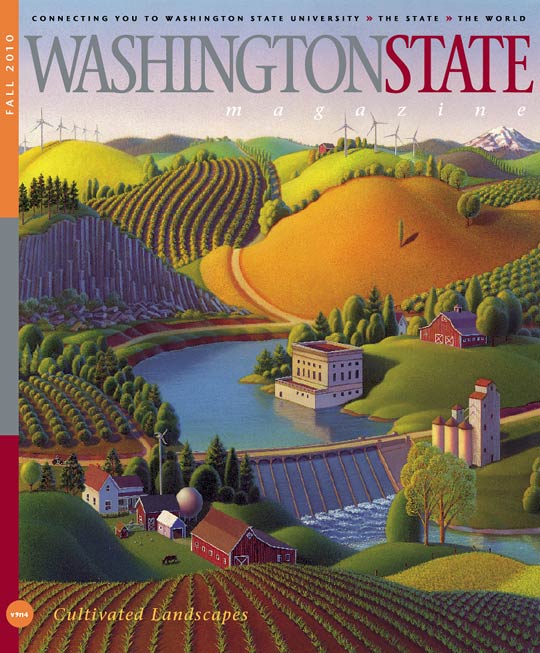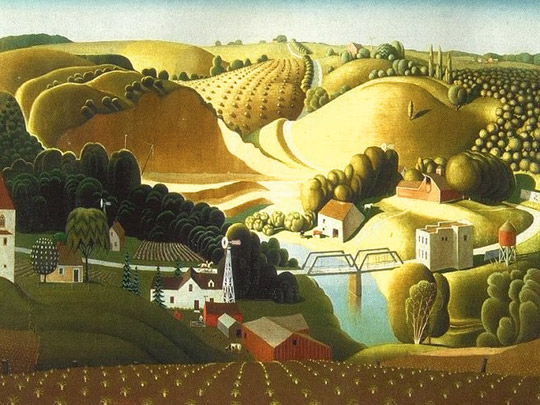Living for a cure
At his home on the banks of the Columbia River just north of Wenatchee is one of Mike Utley’s achievements.
A Ford F-350 pickup.
Black with blue flames jutting from front to back, the truck gives off as imposing a presence as the 6-foot-6 Utley must have given opponents during his playing days as an offensive lineman with Washington State University and the Detroit Lions.
“Success comes not in time but in goals achieved,” he says. “I earned this truck.”
On November 17, 1991, Mike Utley was carried off a football field on a stretcher and taken by ambulance to a hospital.
In the ensuing … » More …



